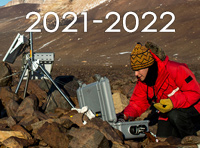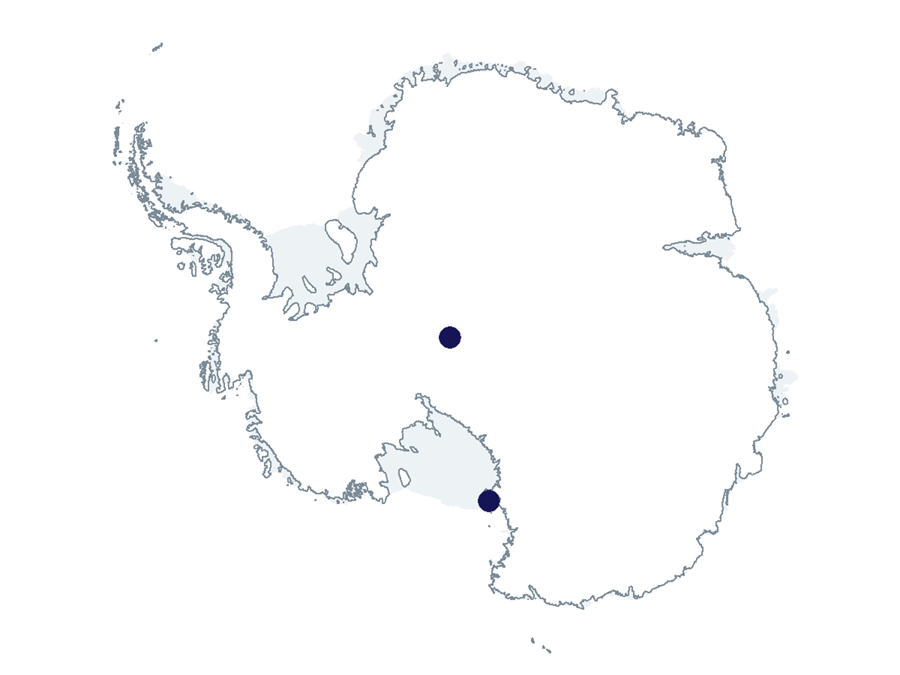2021-2022 USAP Field Season
Project Detail Project TitleAntarctic SuperDARN research, operations and system enhancements Summary
Event Number:
Program Director:
ASC POC/Implementer: Principal Investigator(s)
Dr. William Bristow
Project Web Site: Location
Supporting Stations: McMurdo Station, South Pole Station DescriptionThe Super Dual Auroral Radar Network (SuperDARN) is a global, international radar network of 32 installations observing high-frequency (HF) bands between eight and 22 MHz. These systems help answer questions about the geomagnetic conjugacy of global magnetic storms and substorms, and the differences in ionospheric plasma convection caused by the asymmetry of solar illumination in both hemispheres. The SuperDARN network can observe global-scale convection with excellent temporal and spatial resolution, which makes it a powerful tool for ground-based research, enabling scientists to address fundamental and important questions of space physics. The data it acquires are also relevant to space-weather studies, and they enhance the usefulness of data from other instruments. Field Season OverviewThe instrumentation for this project consists of receivers and transmitters located at the Arrival Heights Antarctic Specially Protected Area (ASPA) adjacent to McMurdo Station and in the quiet sector adjacent to South Pole Station. The equipment runs continuously year-round, essentially autonomously, with only limited intervention required by personnel onsite and by the researchers via the internet. No participants will be deploying. However, onsite research associates will provide monitoring, troubleshooting, and the collection and forwarding of data at each site as needed throughout the year. |
2021-2022 Science Planning Summaries



For USAP Participants |
For The Public |
For Researchers and EducatorsContact UsNational Science FoundationOffice of Polar Programs Geosciences Directorate 2415 Eisenhower Avenue, Suite W7100 Alexandria, VA 22314 Sign up for the NSF Office of Polar Programs newsletter and events. Feedback Form |



